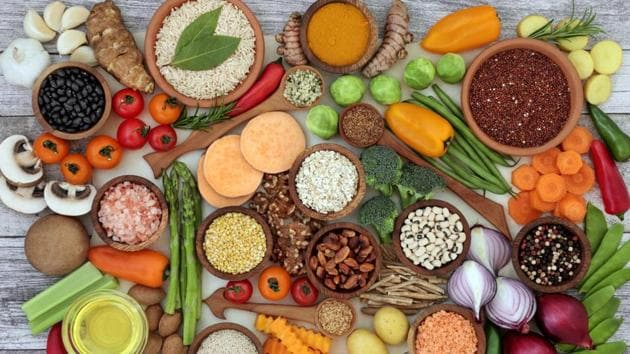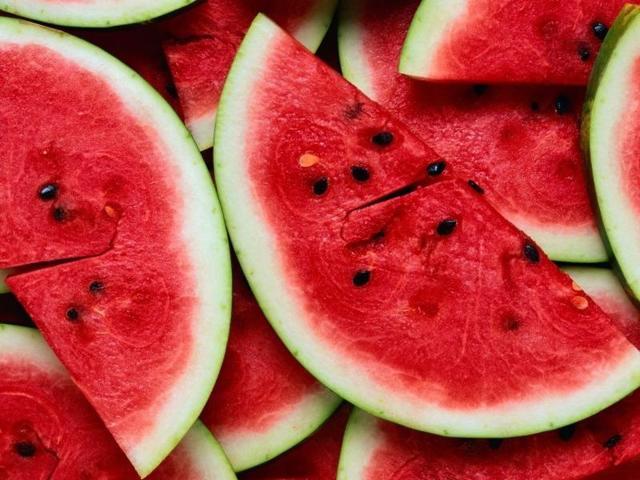Low carb diet, fitness experts recommend you eat these foods to stay healthy
Do you have enough carbs in the diet you follow to lose weight and stay healthy? Carbs may have been labelled the devil, but the truth is that it is all about what kind of carbs you’re indulging in that matters, say experts.
Of late we’ve been programmed to avoid carbs; so no pastas, bread, cakes or cookies. Carbs have got a bad rep for causing weight gain and we avoid carb-rich food like the plague. But how much truth does this hold? We asked experts to help us understand the complex world of carbohydrates.

All carbs are not bad
Our body needs calories to turn it into energy for everyday functioning. And we get calories from protein, carbohydrates and fats. “It is essential to consume all three sources of calories as different parts of your body use the sources of energy differently. Your brain, for example, uses carbohydrates exclusively as a source of fuel. Remember your brain is functioning twenty-four hours a day, even when you are sleeping. Consuming a carbohydrate-deprived diet can end up harming the functioning of your brain,” says nutritionist Ritesh Bawri, warning, “However, you need to be careful. There are good carbohydrates and bad carbohydrates.” Good sources include oatmeal, brown rice, sweet potatoes, whole wheat bread, whole wheat pasta, quinoa and pumpkin. So, make sure to add these to your diet. And stay away from processed foods that are high in carbs, especially those made with maida.
Look for glycemic index of any food
Carbohydrate-insulin hypothesis is also known as glycemic index (GI) of a food, especially carbohydrates. In simple words, this means how soon this can be absorbed in the blood stream and raise the blood sugar level. “Carbohydrates are absorbed in the form of glucose and elicit insulin hormone release which is responsible for metabolism of glucose and aids entry into mitochondria of the cells. GI is measured on a scale of 0-100,” says Parshant Wadhawan, consulting nutritionist, Viiking Trance fitness by Sachiin Joshi. For instance, sugar has the highest GI index of 100. “From a health perspective, it is better to avoid food that has a GI index higher than 55.

GI index is not the ultimate benchmark though
While it is good to eat foods that are low GI, it is not the ultimate rule. “We eat food in combination which changes the GI of that particular food. GI doesn’t take into account the amount of carbs present in serving size of that food, so glycemic load is better indicator of the food affecting the blood sugar level. Watermelons have a glycemic index of 72, but the amount of sugar contained in one serving is 5g so the glycemic load is 3.6,” explains Wadhawan. A glycemic load of 20 is considered high. 11-19 is an average range and below 11 is low.
Eating carbs may help weight loss
Often food that is high carbs (again, we’re talking about the good carbs here) is often loaded with fibre. Eating a fibre rich diet aids weight loss.
Catch your daily dose of Fashion, Taylor Swift, Health, Festivals, Travel, Relationship, Recipe and all the other Latest Lifestyle News on Hindustan Times Website and APPs.
Catch your daily dose of Fashion, Taylor Swift, Health, Festivals, Travel, Relationship, Recipe and all the other Latest Lifestyle News on Hindustan Times Website and APPs.






